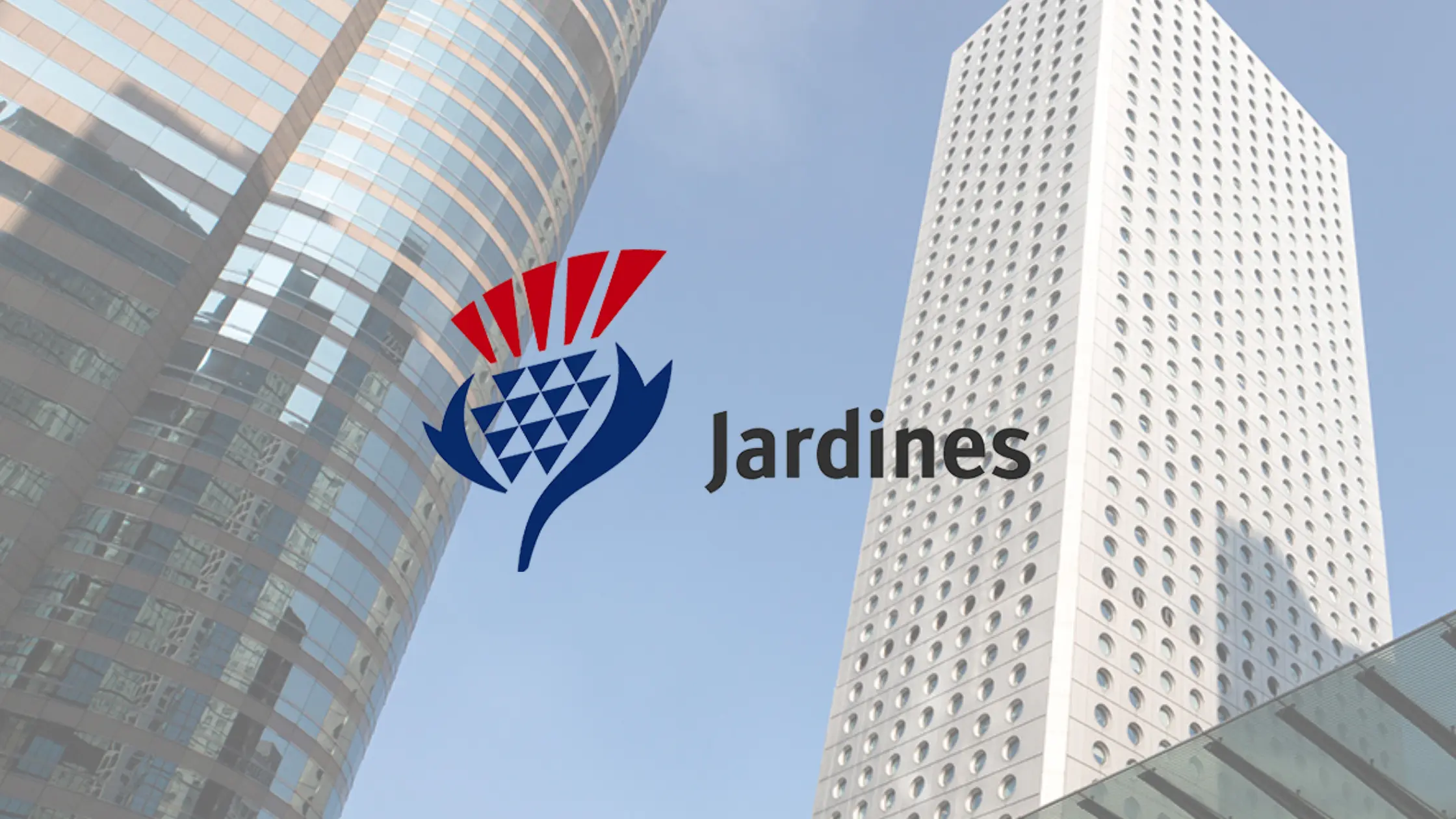Inflation has rapidly increased over the last year as the world emerged from the pandemic amid the recovery in demand and supply chain shock.
Being a small and open economy, Singapore is vulnerable to these external factors and if you visited a hawker centre or coffee shop around you, you can experience the effect of inflation first-hand.
The World Bank has just warned that the global economy could face a protracted period of weak growth and high inflation as the impact of a two-year pandemic is compounded by the Russia-Ukraine war.
As investors, we do not have control over the macroeconomic environment or the geopolitical tensions but we can take proactive measures to build a resilient portfolio. One way is to invest into Singapore REITs (S-REITs).
Here are 3 reasons why long-term investors should beef up their S-REITs portfolio when inflation is high.
1. REITs pay out at least 90% of their profits as distributions
One of the key advantages of buying S-REITs is the requirement for REITs to pay out at least 90% of their profits as distributions in order to enjoy tax benefits.
This will give investors an attractive passive income in the form of dividends. This is vital especially during an inflationary environment such as the one we are facing now.
Aside from that, REITs own a portfolio of physical properties that generate stable, predictable and recurring rental income.
2. Singapore’s retail recovery with the reopening of the economy
While a recession could also pose danger to rental incomes, Singapore’s retail recovery remains intact and could benefit further from the reopening of the economy.
Singapore’s Changi airport is taking steps to increase international travellers into Singapore and with the country embarking on one of the most liberal policies for visitors in the Southeast Asia region, the country should see a further influx of visitors.
So far, international travel has picked up to 50% of pre-pandemic levels and could see further momentum with the gradual return to normal.
This will boost spending by foreign tourists in Singapore’s shopping malls.
In fact, if we look at Frasers Centrepoint Trust (SGX: J69U) as an example, tenants’ sales were at 105% of the 2019 level despite footfall being reported at just 67% of pre-pandemic average in March this year.
Frasers’ latest earnings result also shows that incoming leases have gone up as compared to outgoing ones in all malls except one.
You can read more from Tim’s article on the 5 key takeaways from Frasers’ H1 2022 earnings here.
3. Manageable debt level
S-REITs also have to abide by the regulatory 50% limit for their leverage to asset level.
In fact, 29 out of 39 REITs have their gearing ratio below the 40% level.
By March this year, Frasers had pruned its leverage ratio to 33% of its assets and hedged its debt so that 68% of it are on fixed interest rates as compared to just 54% in December.
This will be important as the US Federal Reserve (Fed) continues to embark on an aggressive monetary tightening policy including the rate hikes.
This will lead to an increase in borrowing costs and interest expenses so the shift towards fixed interest rates and leverage below 50% puts these REITs in a better position to navigate during this period.
It is also important to look at REITs with lower borrowings as the REITs managers will have to absorb higher electricity costs.
S-REITs are a good inflation hedge
Many S-REITs are a good inflation hedge as their distribution yield exceeds the current inflation rate.
In fact, with yield average at around 4% to 5%, this will help investors to beat even the decade-high core inflation level.
I believe that long-term investors should take advantage of some of the market weakness to accumulate more S-REITs that have a resilient portfolio.
Not all REITs are built the same but the idea is to find REITs with great track records in increasing their distribution per unit.
Disclaimer: ProsperUs Investment Coach Billy Toh doesn’t own shares of any companies mentioned.









